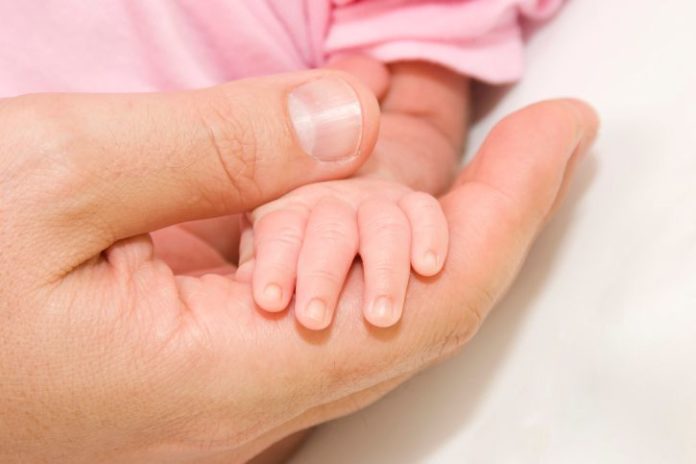A study by the Institute has found infants born very prematurely- before 32 weeks gestation- have higher rates of psychiatric disorders by school age compared with their term born peers.
The study also showed a number of risk factors that predicted those children who were at a higher risk of psychiatric disorders.
Researchers found children born very prematurely who had higher social risk at age seven, severe brain abnormality on infant MRI (magnetic resonance imaging), or who displayed social and emotional problems at age five, were more likely to be diagnosed with a psychiatric disorder at age seven.
The study, which included 177 very preterm children (VPT) and 65 children born at term, found VPT children were three times more likely than term born peers to meet criteria for any psychiatric disorder at age seven, with 24% of the VPT children meeting criteria for a psychiatric disorder.
The most common psychiatric diagnoses for VPT children were anxiety disorders (11%), ADHD (10%) and autism spectrum disorders (4.5%). The rate of autism spectrum disorder in the cohort of very preterm children is approximately four times higher than recent Australian population estimates.
Lead researcher and clinical psychologist, Dr Karli Treyvaud said the results from the study have important clinical implications, and offer hope as the risk factors identified can be identified early in life, increasing the opportunity for intervention.
“Not only are very preterm children at higher risk of psychiatric morbidity compared with children born at term, this study identified several factors that predict the likelihood that a very premature baby would meet criteria for a psychiatric diagnosis at seven years of age,” Karli said.
“Importantly, these risk factors can be identified early in a child’s life, increasing the opportunity for prevention, early intervention and monitoring.”
Researchers say it’s important that preventative and treatment programs continue to be developed and evaluated and that children at risk are identified early, particularly those with severe perinatal brain injury, social-emotional problems and those at higher social risk.











